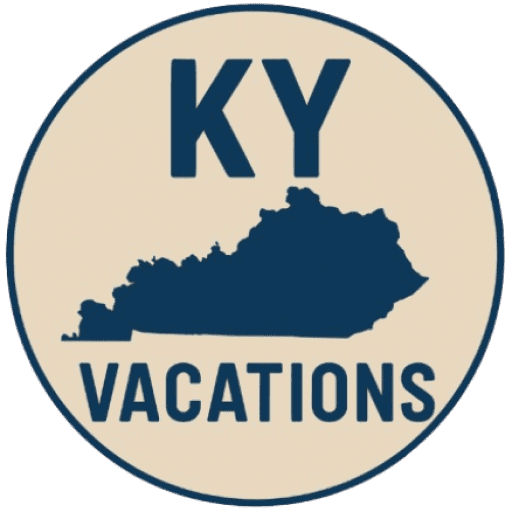Let’s uncork some answers.
Not just any whiskey can be called bourbon. It has to follow strict legal standards in the U.S. To qualify, it must:
Be produced in the United States
Contain at least 51% corn in the mash
Be aged in brand-new, charred oak barrels
Be distilled to no more than 160 proof (80% ABV)
Enter the barrel for aging at no more than 125 proof (62.5% ABV)
Be bottled at 80 proof or higher (40% ABV)
This careful balance of grain, charred wood, and time gives bourbon its unmistakable flavor and character.
Nearly all the world’s bourbon comes from Kentucky—and it’s no accident. One big reason? Our natural limestone-filtered water. It removes iron and adds calcium, which not only benefits bourbon but also strengthens racehorses. Pair that with a climate perfect for aging barrels and fertile soil ideal for growing corn, and you've got the ultimate bourbon ecosystem.
Every bourbon barrel starts off as a fresh, flame-charred oak container. As bourbon ages, it expands and contracts with the weather—drawing in the smoky, caramelized flavors from the wood and developing that rich amber color. Some evaporates over time (known as the “angel’s share”), leaving behind a concentrated spirit full of depth and nuance.
Once emptied, these barrels continue their journey. While they can’t be reused for bourbon, they’re often repurposed for aging beer, wine, hot sauces, and other spirited creations.
In 1964, bourbon was officially declared a unique product of the United States by Congress. You can see the original resolution at Louisville’s Frazier History Museum..
Kentucky is now home to more than 68 active distilleries—a 250% increase in just ten years.. Over 7.5 million barrels are currently aging in the Bluegrass State, which means there are more barrels of bourbon than people in Kentucky. Seriously.